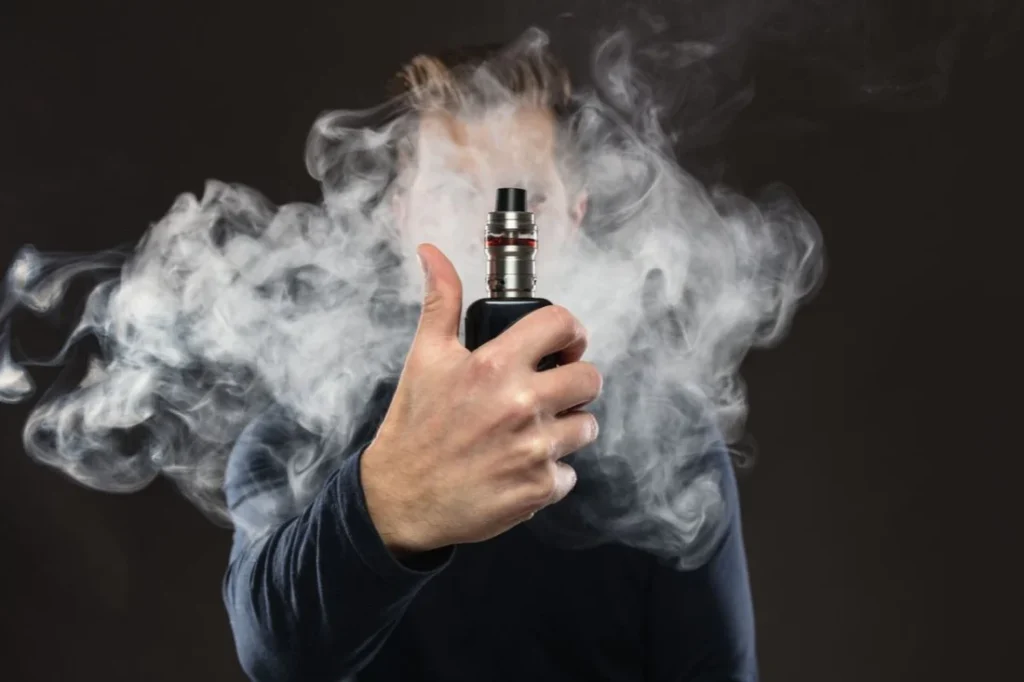Why are vapes so easy to get?

Vaping, once considered a niche activity, has exploded in popularity in recent years. With the rising demand for electronic cigarettes, commonly known as vapes, a concerning trend has emerged – their easy accessibility.
The Accessibility of Vapes: Unraveling the Factors Behind Their Pervasive Availability
This article aims to explore the various factors contributing to the widespread availability of vapes and the potential consequences associated with this phenomenon.
- Online Marketplaces:
One of the primary reasons vapes are so easy to obtain is the prevalence of online marketplaces. Numerous websites cater to the vaping community, offering a vast array of products with a simple click. The ease of online shopping allows individuals, even those underage, to purchase vapes discreetly. Despite age restrictions and regulations, enforcement is often challenging in the digital realm.
- Limited Regulation:
Compared to traditional tobacco products, the regulation surrounding vapes is relatively lax. The rapid evolution of vaping technology has outpaced legislative efforts, creating a regulatory gap that manufacturers and sellers exploit. The absence of stringent guidelines allows for a plethora of products to flood the market, making it easier for consumers to find and purchase vapes.
- Appealing Marketing:
Vape companies often employ marketing strategies that appeal to a wide audience, including young adults. Clever branding, attractive packaging, and enticing flavors contribute to the allure of vaping products. The subtle marketing techniques create a perception that vaping is not only socially acceptable but also a fashionable and desirable habit, further driving its accessibility.
- Misinformation:
The spread of misinformation regarding the safety of vaping has played a role in its widespread adoption. Some individuals believe that vaping is a healthier alternative to smoking traditional cigarettes, despite ongoing research indicating potential health risks associated with e-cigarette use. This misinformation contributes to a more permissive attitude towards vaping, making it easier for individuals to justify its accessibility.
- Social Media Influence:
The influence of social media on modern culture cannot be underestimated. Vaping trends often gain traction through platforms like Instagram, TikTok, and YouTube. Influencers, celebrities, and online communities showcase vaping as a lifestyle choice, normalizing its use and indirectly promoting its accessibility. This social media influence creates a virtual echo chamber, reinforcing the perception that vaping is a widespread and accepted practice.
- Retail Availability:
Beyond online platforms, vapes are readily available in physical retail locations. Vape shops, convenience stores, and gas stations stock an extensive range of products, making them easily accessible to consumers. The strategic placement of these retail outlets in high-traffic areas further contributes to the convenience of acquiring vaping products.
- Cultural Shift:
There has been a significant cultural shift in attitudes towards smoking and vaping. As smoking traditional cigarettes has declined in popularity, vaping has risen as a socially acceptable alternative. This cultural acceptance, coupled with the portrayal of vaping in popular media, fosters an environment where individuals find it easy to access and adopt vaping as a part of their lifestyle.
Conclusion:
The pervasive availability of vapes can be attributed to a combination of online accessibility, limited regulation, appealing marketing, misinformation, social media influence, retail availability, and a cultural shift. Addressing this issue requires a comprehensive approach that involves tightening regulations, combating misinformation, and reevaluating the portrayal of vaping in popular culture. As the debate on the long-term health effects of vaping continues, understanding and mitigating the factors contributing to its accessibility are crucial steps in promoting public health and responsible consumer behavior.
